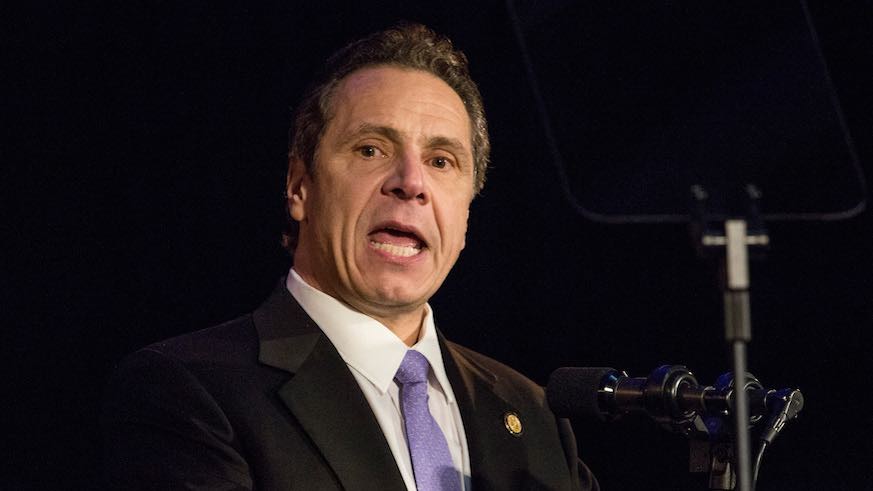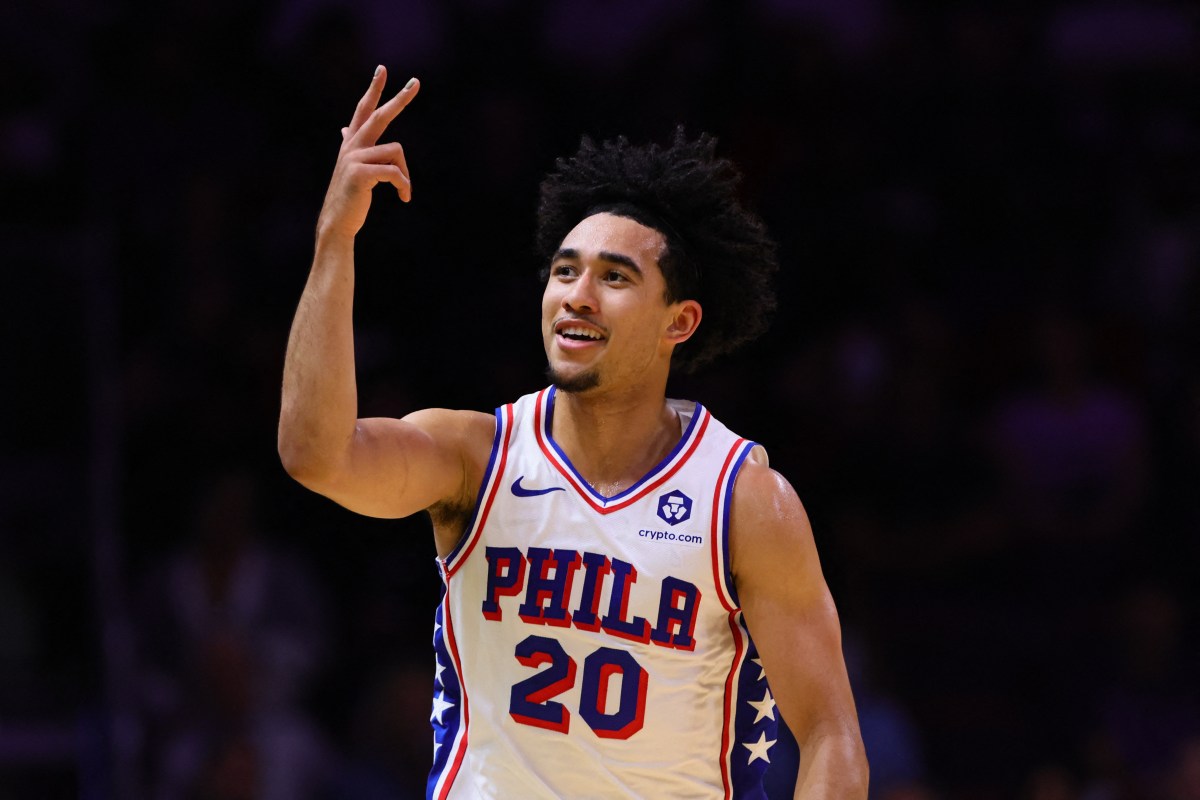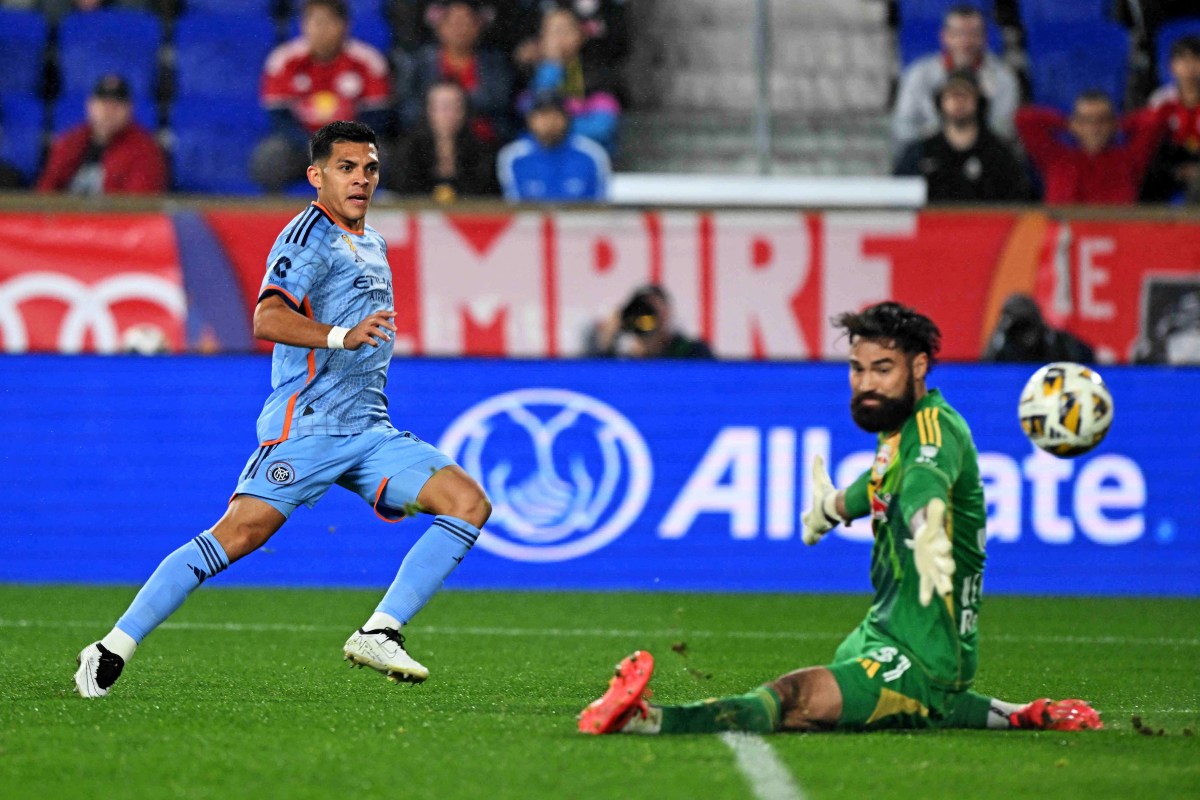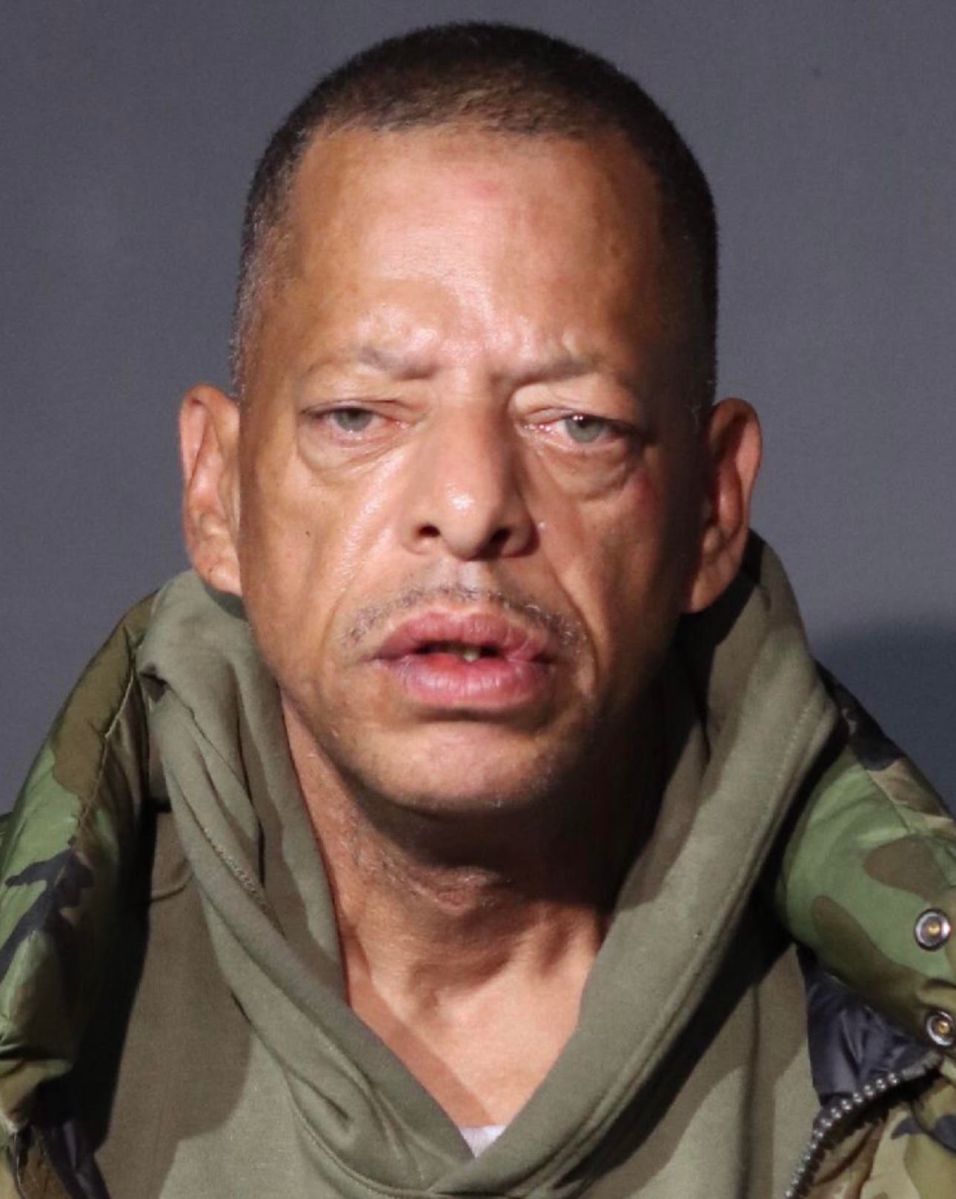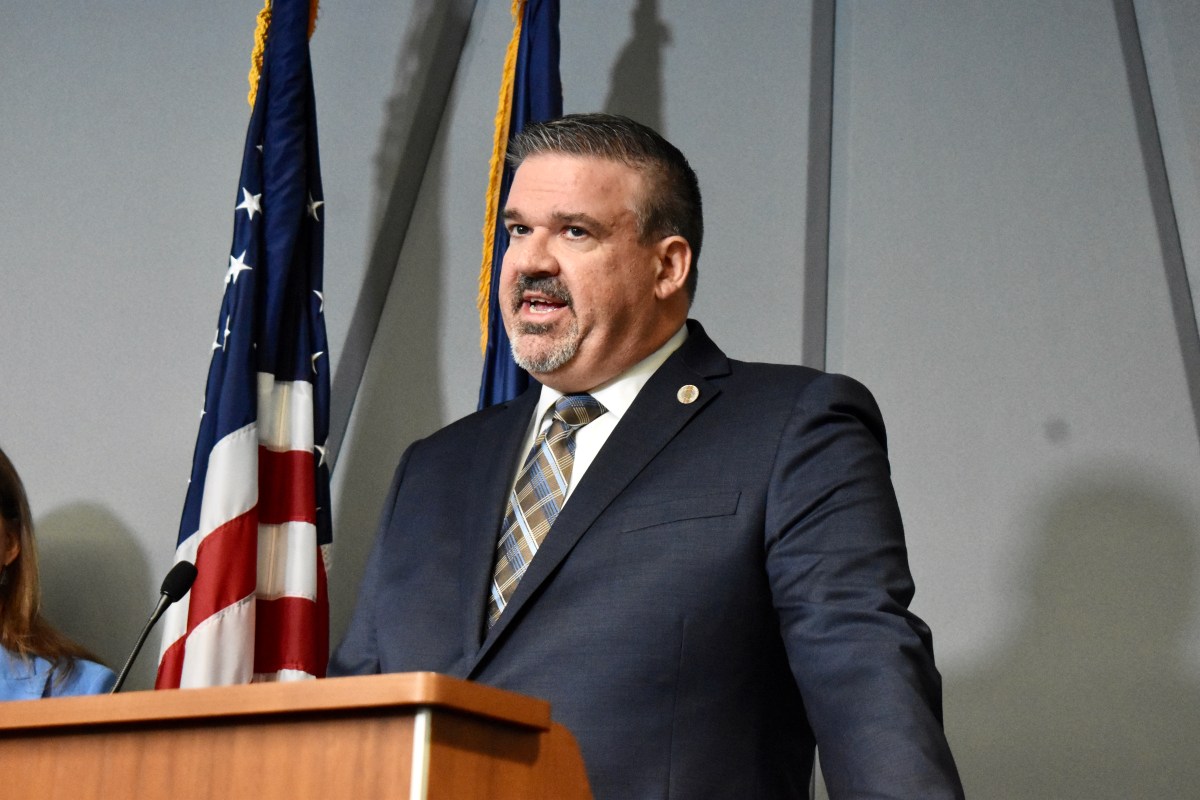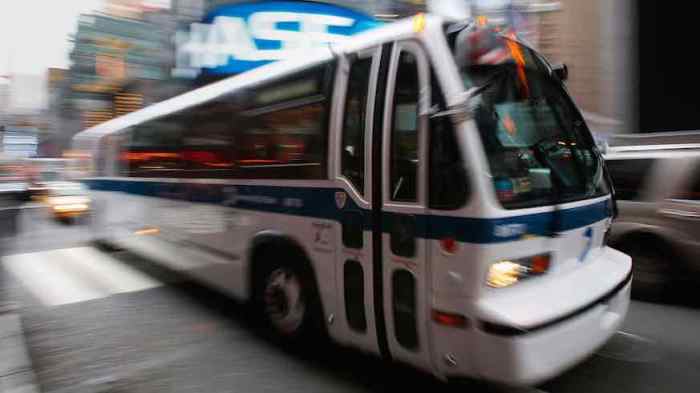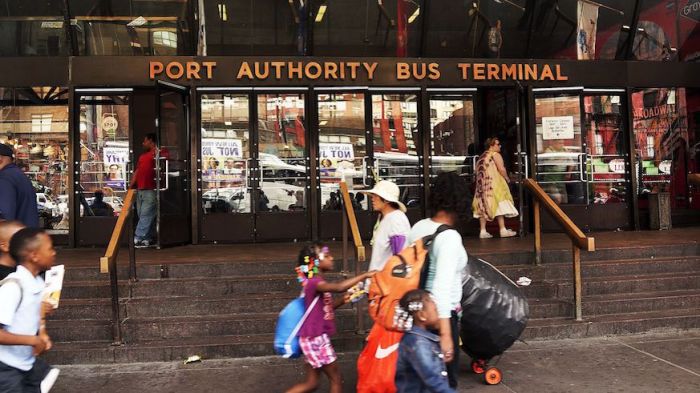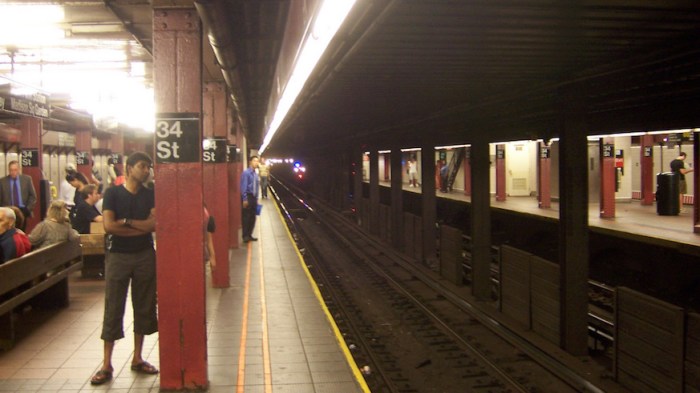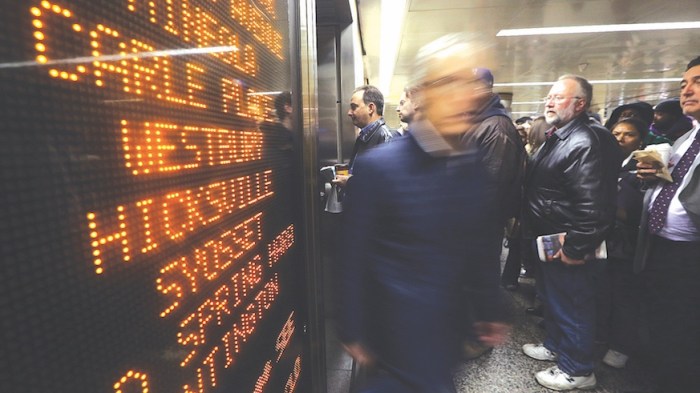Gov. Andrew Cuomo’s recent announcement for his creation of the “Fix NYC” MTA Transit Advisory Board is reminiscent of his previous creation of a Transportation Reinvestment Commission in 2014 to develop a 100-year blue print to plan for the future of public transportation. Cuomo’s new “Fix NYC” advisory board of transit experts, elected officials and members of the business community duplicates what is already in place.
There was no need to set up his “Fix NYC” advisory board. There are plenty of existing experienced career State and City Department of Transportation, along with the Metropolitan Transportation Authority and MTA operating managers and employees to provide the technical assistance and advice needed. Ditto for all the former State and City DOT Commissioners and the past MTA and MTA operating agency Presidents. Don’t forget the State MTA Capital Program Oversight Review Board. This four-member committee is composed of representatives appointed by the Governor, State Senate Majority leader, State Assembly leader and NYC Mayor.
Implementation of congestion pricing and creation of new dedicated revenue streams have been studied to death for decades. The MTA has both Five Year and Twenty Year Long Range Capital Plans, which are periodically updated. Both documents clearly outline what capital funding and sources are needed to maintain both a State of Good Repair for existing equipment, facilities and services along with Safety and any future system expansion.
Every year, millions of dollars are spent for planning studies to research the potential for new transportation capital investments and system expansion. Cuomo’s own State Department of Transportation, state sponsored Metropolitan Planning Organizations in every major urbanized area including the New York Metropolitan Transportation Council. This serves NYC, Long Island and the Hudson Valley. The MTA along with each operating agency including NYC Transit, Long Island Rail Road, Metro North Rail Road and MTA Bus, NYC Department of Transportation, NYC Department of City Planning, NYC Economic Development Corporation, Regional Planning Association periodically conducts transportation planning feasibility studies. Collectively, every decade a complete inventory of all these agencies would reveal dozens and dozens of transportation studies worth close to $100 million in costs have been completed. Funding for these studies comes from a variety of sources including city, state and federal.
All Cuomo had to do is ask someone to take a complete inventory of all these studies. Check out the recommendations, their costs, timetables and identification of potential funding sources for going forward.
The problem is finding the money to make things happen. Federal support for transportation has remained consistent and growing. It has actually increased under virtually every Five Year Transportation Authorization Act over past decades. When a crises occurred, be it 9/11 in 2001 or Hurricane Sandy in 2012, Uncle Sam stepped up to the plate. Additional billions in federal assistance above and beyond yearly formula allocations were provided. In 2009, the American Recovery and Reinvestment Act provided billions more for public transportation projects which benefited the city and state along with the MTA.
During this same time period, both the City and State consistently decreased hard cash contributions to the MTA by billions under each previous MTA Five Year Capital Plan. On a bipartisan basis, this included past Governors Mario Cuomo, George Pataki, Elliot Spitzer and David Patterson. Governor Andrew Cuomo made a token effort of increasing the states contribution to the MTA Capital Program. Billions more are still needed from the state to make up for past cuts over previous decades. Everyone insisted that the MTA continue financing more and more of the Capital Program by borrowing. As a result, 17 percent of the annual MTA budget goes for covering the costs of debt service payments. Going back six capital programs or thirty years, by the end of this decade it should not surprise anyone if this continues to grow closer to 20 percent. This means less money is available for operations to provide more frequent service to riders. It also means there is less money just to maintain the state of good repair and safety. At the end of the day, the cupboard may be bare for any system expansion.
There is no agreed upon long range master financial plan between or within New York, New Jersey, NYC, the MTA and other transportation operators, for either a timetable or identification of specific funding sources to pay for major transportation system expansion projects. These have been on everyone’s wish list, for years if not decades.
Cuomo should deliver the outstanding balance of $5.8 toward his original $8.3 billion pledge plus his most recent new commitment of an additional $1 billion. Next is how to pay back the $1.6 billion federal loan and $1 billion New York Thruway Authority Bond which helped finance the new $3.9 billion Tappan Zee Bridge. Tolls will probably have to go up by double or more after 2020 to repay the borrowed $2.6 billion.
Cuomo is not dealing with the real issue of how to find the additional billions of dollars today, not years down the road. These funds are necessary to both keep existing transit systems in a state of good repair along with the many potential expansion projects.
When will Cuomo be brave and bold in calling for raising the state gasoline tax by pennies per gallon? What about a sales tax increase or bond issue dedicated to transportation? Any of these actions could easily raise the billions necessary for maintaining a state of good repair for highways, bridges and mass transportation along with potential system expansion.
Diogenes is still searching for a brave elected official who will deliver some straight talk to voters. Too many like Cuomo, hide behind advisory boards and commissions to do their dirty work in calling for politically unpopular ideas. At the end of the day, money is the milk for strong transportation – be it mass transit, highway or bridge. We either pay at the fare box, pump, toll, user fee or tax. TANSTAFFL, there ain’t no such thing as a free lunch or in this case, public transportation, highways or bridges. Someone has to find the money for maintenance, upgrades and expansion. Better to pay the piper today before costs go up even more tomorrow.
Larry Penner is a transportation historian and advocate who previously worked 31 years for the U.S. Department of Transportation Federal Transit Administration Region 2 NY Office.

